The U.S. Army’s most capable attack helicopter, the AH-64 Apache, has suffered two consecutive losses in accidents within three days. Two similar accidents occurred a month earlier, raising serious concerns about personnel safety and forcing many units using the helicopter to re-examine its safety.
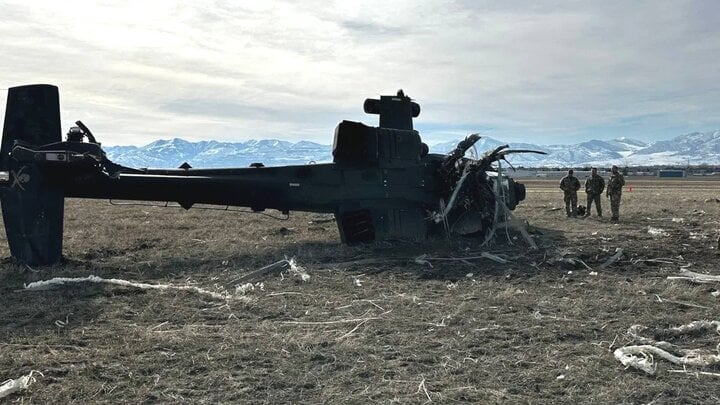
The remains of a US Army AH-64D that crashed on February 13.
Consecutive incidents
The first of two recent incidents occurred during a routine exercise on March 24 at Joint Base Lewis-McChord, Washington, injuring two pilots. The second occurred on March 26 when an Apache operating out of Fort Carson, Colorado, crashed during training, injuring the pilots.
The previous crashes occurred on February 12 and February 23, with the second crash killing both pilots. Having been in service for 40 years, the Apache remains the oldest heavy attack helicopter still in production. The helicopter was seen as a key weapon for the US and NATO to counter the Soviet Mi-24, which had been in service for 15 years.
The cause of the recent incidents involving the Apache fleet remains unclear, although the US Army disclosed in 2023 a significant increase in generator failures on the aircraft, which can cause smoke buildup that increases the risk of a pilot being in the cockpit. However, there is no indication that the recent incidents were related to generator failures.
Questions have also been raised about flight conditions, maintenance quality and personnel training, as well as the quality of the aircraft, with many suggesting that the fault lies with the manufacturer Boeing.
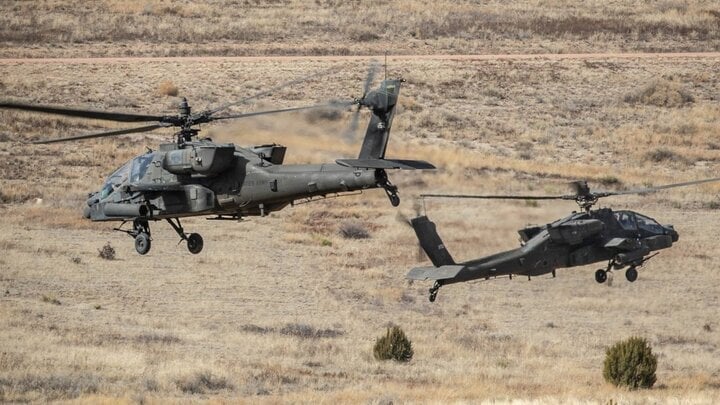
Two AH-64 Apaches assigned to the US 4th Combat Aviation Brigade.
No alternative version available
The US Army currently has more than 700 Apache helicopters in service. There are also about 800 on order, along with orders from foreign customers. The most significant is Poland's order for 96, which was placed in September 2023.
The US military's reliance on the Apache has also increased significantly as the Advanced Attack Reconnaissance Aircraft program, intended to produce a multi-role helicopter to replace nearly half of the country's Apache fleet, was canceled in February.
As a result, the Apache helicopter will continue to be produced and operated significantly longer. In addition, the reality of the battlefield in Ukraine shows that armored helicopters are increasingly vulnerable to modern weapons, which is also a major reason for some new helicopter programs to be reconsidered.
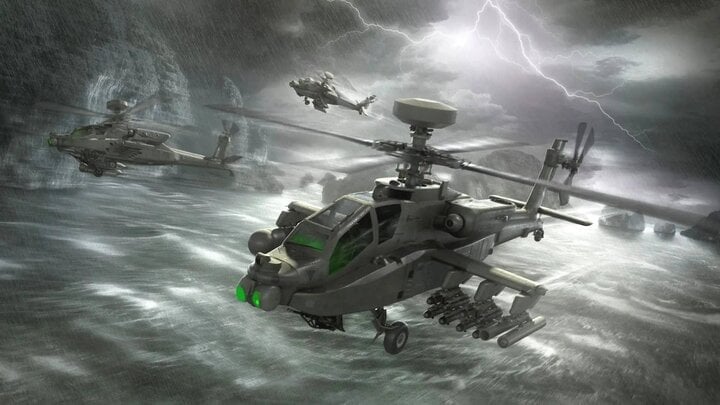
A Boeing rendering of a concept for an upgraded Apache with larger wings and other improvements.
Strong opponents
In the present day, the Apache also faces significantly newer helicopter designs, including the Mi-24's successors, the Mi-28 and Ka-52, which are considered to be much more capable than the American helicopter. Both the Mi-28 and Ka-52 are more complete and sophisticated versions of the Apache.
The People's Liberation Army's first heavy attack helicopter was first seen on March 21, and while clear images of the aircraft have yet to emerge, the program is likely to take away from the US helicopter sales to its traditional allies.
The Russian Mi-28 remains the main attack helicopter in service with the Algerian Army, a potential rival of the United States and the leading military power in Africa outside Washington’s sphere of influence. In addition, Iran’s Revolutionary Guard Corps, which Washington has designated as a terrorist organization, is also expected to receive Mi-28s ordered by Iran in 2023.

Russian Mi-28 helicopter.
Apache's Difficulty
The loss of the Apache fleet and concerns about the operational capability of the remaining aircraft are seen as significant as the US grapples with growing security challenges across multiple theaters. These include the Russia-Ukraine conflict, where US and allied NATO personnel and contractors are playing an increasingly large role on the ground, and the Middle East, where ground and naval clashes with local militias have been a regular occurrence since October 2023.
The Korean Peninsula and the South China Sea also pose additional strains on US capabilities, as the balance of power on both fronts becomes increasingly unfavorable to US interests, due to the rapid modernization of Chinese and North Korean military forces.
The Apache also faced serious maintenance problems during combat deployments in Operation Desert Storm and during the 1999 NATO invasion of Yugoslavia, which resulted in the US losing 16 in combat.
No Western successor to the Apache is expected to be more capable in the next decade. And while China is preparing to field its newest attack helicopter platform, Russia is the only real competitor to the US helicopter.
Source




![[Photo] General Secretary To Lam chairs the 14th Central Military Commission Conference](https://vphoto.vietnam.vn/thumb/1200x675/vietnam/resource/IMAGE/2025/6/20/a9d25fc6dd664fb9a3757502f32e5db0)






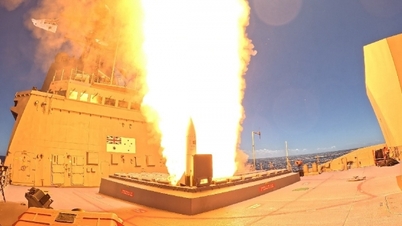

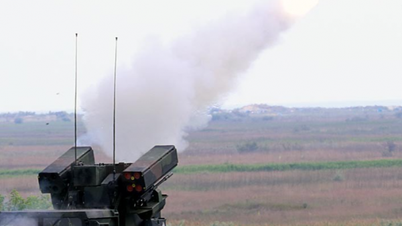

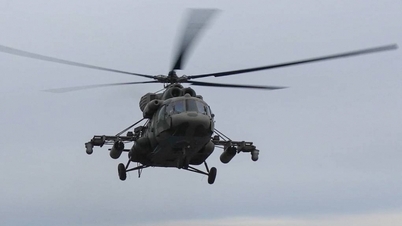














































![[Maritime News] Wan Hai Lines invests $150 million to buy 48,000 containers](https://vphoto.vietnam.vn/thumb/402x226/vietnam/resource/IMAGE/2025/6/20/c945a62aff624b4bb5c25e67e9bcc1cb)
















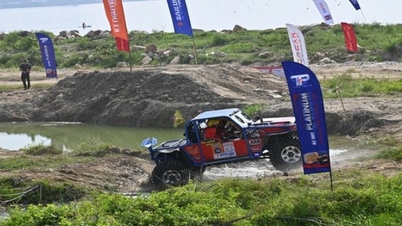






























Comment (0)